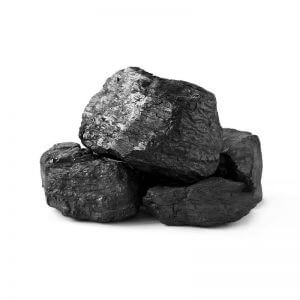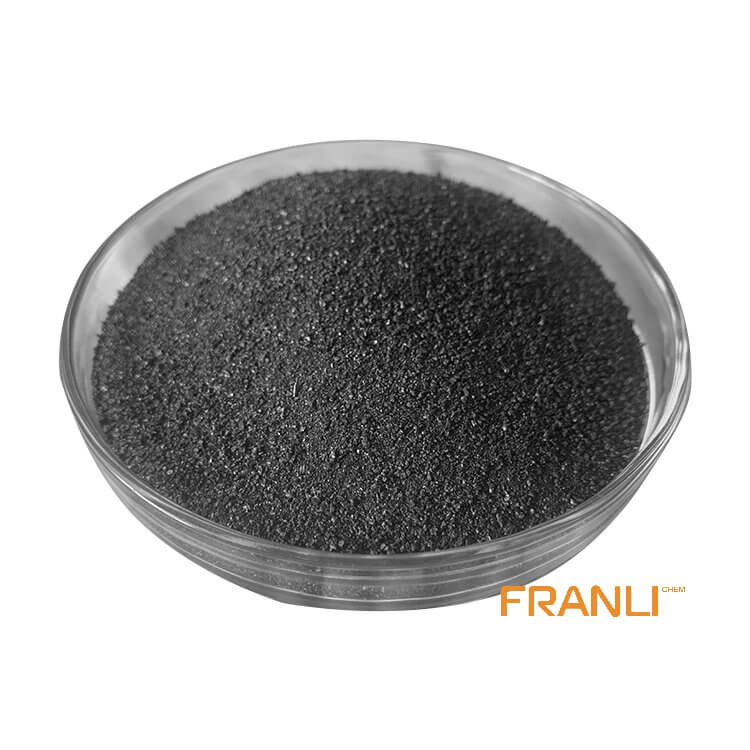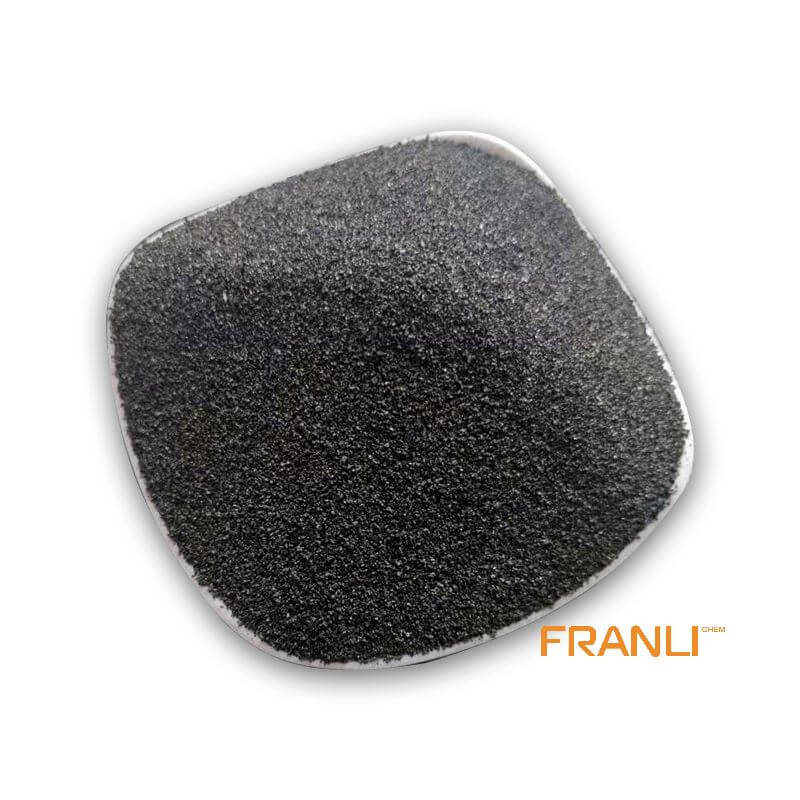



Petroleum Coke
Size
According to your requirements
Package
25 kg small bags into ton bags or ton bags
Features
Low ash content and low boiler ash discharge, etc.
Application
Depending on its quality, petroleum coke can be used in industries such as graphite, smelting and chemical industry, etc
Petroleum coke, as a byproduct of petroleum, is produced in the process of petroleum processing, that is, the crude oil is distilled to separate light and heavy oil, and the heavy oil is converted into petroleum coke by hot cracking. If petroleum coke can be obtained directly from petroleum processing, then the petroleum coke is raw coke or ordinary coke. Petroleum coke has irregular shape, dark gray or black, porous structure and metallic luster.
Request a quote

Physical property
Petroleum coke, also known as raw coke, is mainly composed of carbon (84-97%), which is produced during the thermal decomposition of oil in the refining process. There are various forms of coke, such as needle coke, sponge coke, and pellet coke. The sulfur content and impurity content are different with different microstructures. The quality of crude oil is the key to determining which of these types of coke – coke produced from high asphaltene content feedstock contains high concentrations of sulfur and metals.
Coking is the product of delayed coking and contains a lot of hydrocarbons. It has a unique hydrocarbon odor and can contain 4% to 21% of volatile compounds, mainly residual hydrocarbons, including polycyclic aromatic hydrocarbons (PAHS), according to the heating rate of the refining process.
Calcined petroleum coke is made of raw coke and is heated (>1200) ° C) It is heated. This process almost eliminated all hydrocarbon content (i.e. < 0.1%). Fine water mist containing surfactants is usually used to suppress dust. Surfactants reduce the surface tension of water, make it more effectively wet the goods, and reduce the necessary water content. It is usually used in the form of dilution (between 100:1 and 3000:1) and is generally classified as harmless.
The exact properties of petroleum coke depend on the source of crude oil raw materials and the heating process used. However, the main components are expected to be within the range shown in. Trace metals such as nickel and vanadium may be up to one in a million. The proportion of petroleum coke to water is between 0.8-2.1. Therefore, the product specifications for each piece of goods must be consulted to determine whether it floats or sinks. Generally speaking, most petroleum coke products will sink into the seawater. Petroleum coke is stable and insoluble in water, so if discharged at sea, it is likely to form a slurry.
Influence of petroleum coke on Environment
Environmental toxicity studies have shown that in general, petroleum coke has a low potential for adverse effects on aquatic and terrestrial terminals of plants and animals. Therefore, the chemical safety technical specification (MSDS), the EU CLP regulations, and the ages amp/ehs comprehensive hazard document list (2015) all indicate that petroleum coke will not cause harm to the marine environment. No updates on petroleum coke have been added to the latest versions of IMSBC (2020) and MARPOL Annex V, indicating that the substance is considered harmless by 2021. However, recent evidence shows that petroleum coke is not as inert as originally thought, and environmental-related substances (nickel and vanadium) have been found in the filtrate of the coke; When discharged into the sea in a low dilution environment, the growth of algae may be affected.
It is worth noting that although petroleum coke is described as harmless, small particles in powder or particles have potential effects on human health as inhaled (i.e. air-borne) dust.
As mentioned earlier, hydrocarbon content in coke or petroleum coke is likely to form luster on the water surface, although this is likely to be local and nonpersistent. The most worrying concern after the release of petroleum coke (e.g. in the case of ship casualties) is the potential suffocation effect, especially in low energy or shallow water areas, where diffusion and dilution are reduced. If a large number of black solids are washed to the shore, the discharge near the coastline can also cause negative visual effects. Any increase in pH or gloss will be short-term as long as there is sufficient water depth and water exchange. As for the discharge of small amounts of petroleum coke in clean waters, it is not expected to harm the marine environment as long as the hydrocarbon content of the goods is low enough. However, this comment should be read in conjunction with the governing legislation described below.





